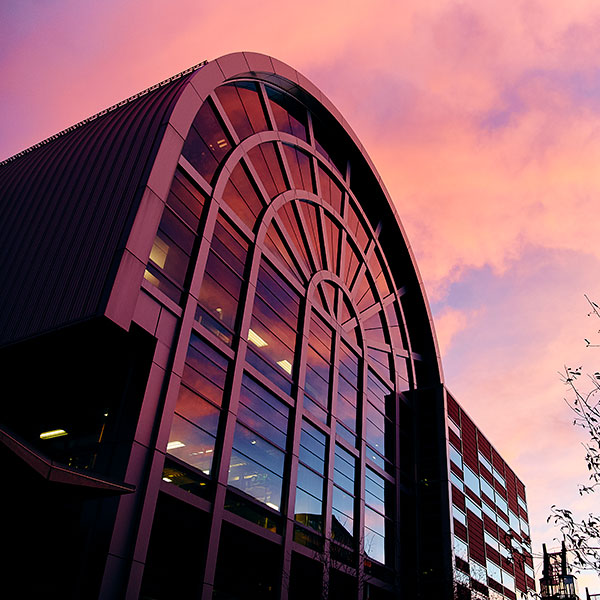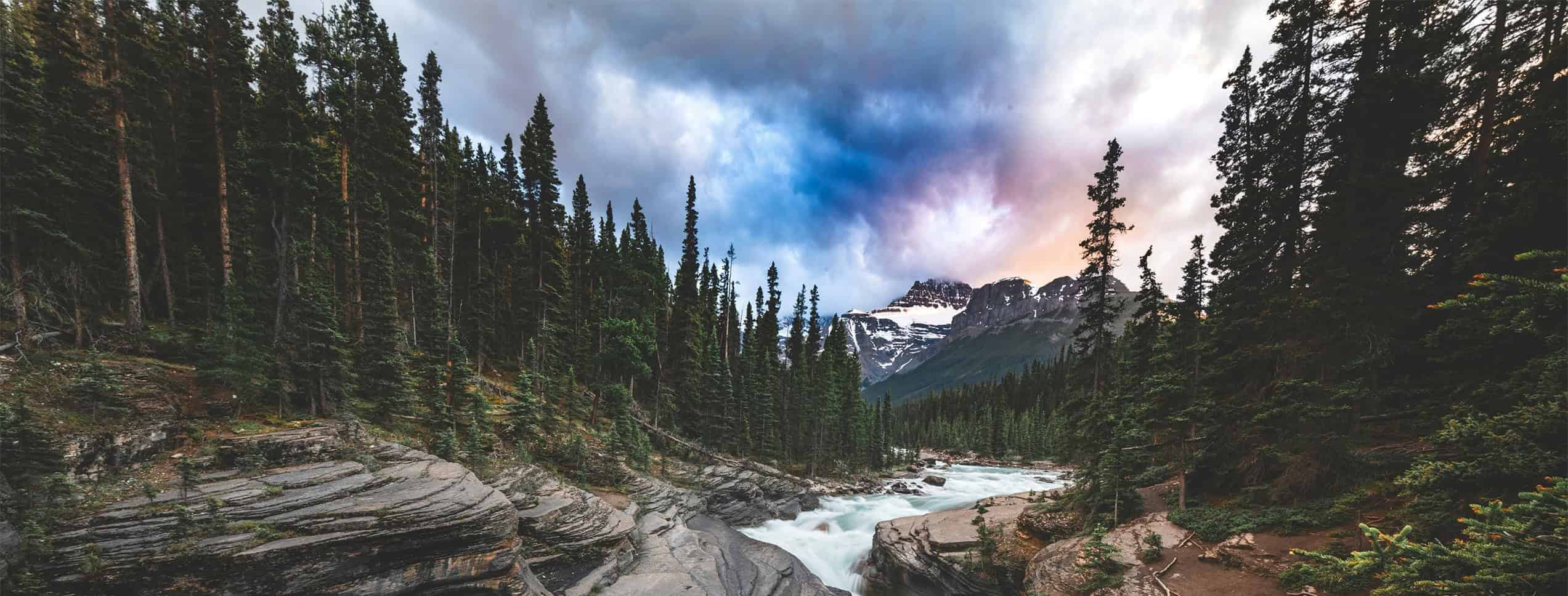On this page:
Overview
Optimizing production operations requires a solid understanding of surface facilities, artificial lift systems, and processing techniques. This course gives you the technical knowledge you need to oversee key production processes, troubleshoot challenges, and improve efficiency in upstream oil and gas operations.
This course covers essential topics such as artificial lift methods, pipeline systems, fluid treatment, and gas processing facilities. You’ll also explore production allowables and regulatory restrictions, ensuring you can effectively navigate the compliance landscape. By learning to assess well characteristics, select the right equipment, and understand facility operations, you'll be prepared to make informed decisions that directly impact production performance.
Designed for oil and gas professionals and technical specialists looking to expand their expertise, this course provides industry-relevant skills that can be applied immediately. With flexible online delivery, you can advance your knowledge without disrupting your career.
This course is ideal if you:
- work in oil and gas production, operations, or facility management and want to expand your technical expertise
- need a deeper understanding of artificial lift, pipeline systems, and processing facilities to improve decision-making
- are responsible for optimizing production efficiency and ensuring compliance with industry regulations
- want a flexible, industry-aligned course that provides practical skills you can apply immediately.
To be successful in this course, we recommend you complete PTPR 124 - Well Completion prior to registering for this course.
Upon successful completion of this course, you'll be able to:
- describe common artificial lift methods
- identify design criteria for artificial lift systems
- explain the characteristics of produced fluids
- identify different types of equipment used in pipeline system
- explain the functions and processes used in oil processing facilities
- describe gas processing facilities
- define what is meant by production allowables and reasons for imposing restrictions on production.
To request a course outline, contact ConEdAdvising@sait.ca.
Upcoming dates
Select an available section and add it to your cart. When you're ready, proceed to check out to sign into your student account and complete your registration.
Don't have a student account? Let's set one up!
Registration for this course closes seven days prior to the start date.
After you've completed this course
Upon successful completion of this non-credit course, you can self-print your unofficial completion document from your Continuing Education student account.
Costs
Technology
To be successful in this course, you’ll need:
- Access to your own computer or laptop with standard hardware/software requirements.
- Internet access

Financial support
Financial opportunities are available to help pay for your course fees. Learn more about how to reduce your education or training costs with available awards, bursaries, loans and grants including the Canada Alberta Job Grant.
Applicable certificates
This course applies to the following certificate programs:

Train your team
Interested in group training opportunities for this course? Tell us about your organization's needs, and one of our training consultants will contact you within one business day.

Oki, Âba wathtech, Danit'ada, Tawnshi, Hello.
SAIT is located on the traditional territories of the Niitsitapi (Blackfoot) and the people of Treaty 7 which includes the Siksika, the Piikani, the Kainai, the Tsuut’ina and the Îyârhe Nakoda of Bearspaw, Chiniki and Goodstoney.
We are situated in an area the Blackfoot tribes traditionally called Moh’kinsstis, where the Bow River meets the Elbow River. We now call it the city of Calgary, which is also home to the Métis Nation of Alberta.